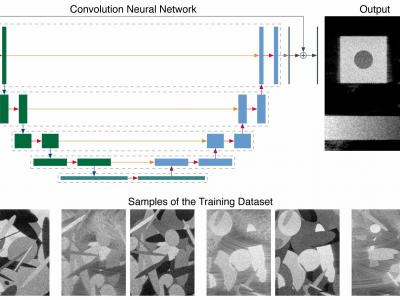image restoration
Low-light images and video footage often exhibit issues due to the interplay of various parameters such as aperture, shutter speed, and ISO settings. These interactions can lead to distortions, especially in extreme lighting conditions. This distortion is primarily caused by the inverse relationship between decreasing light intensity and increasing photon noise, which gets amplified with higher sensor gain. Additionally, secondary characteristics like white balance and color effects can also be adversely affected and may require post-processing correction.
- Categories:
 614 Views
614 ViewsThis repository contains the data related to the paper “CNN-Based Image Reconstruction Method for Ultrafast Ultrasound Imaging” (10.1109/TUFFC.2021.3131383). It contains multiple datasets used for training and testing, as well as the trained models and results (predictions and metrics). In particular, it contains a large-scale simulated training dataset composed of 31000 images for the three different imaging configuration considered (i.e., low quality, high quality, and ultrahigh quality).
- Categories:
 2422 Views
2422 ViewsSynthetic Aperture Radar (SAR) images can be extensively informative owing to their resolution and availability. However, the removal of speckle-noise from these requires several pre-processing steps. In recent years, deep learning-based techniques have brought significant improvement in the domain of denoising and image restoration. However, further research has been hampered by the lack of availability of data suitable for training deep neural network-based systems. With this paper, we propose a standard synthetic data set for the training of speckle reduction algorithms.
- Categories:
 3149 Views
3149 Views

